7 Chipsets Similar to MediaTek Dimensity 1080
The latest release of the MediaTek Dimensity 1080 has made the global chipset market more competitive. This mid-range chipset draws a great deal of attention due to its power efficiency and superior photography capabilities.
With a similar design to that of the MediaTek Dimensity 920, it continues to employ the 6-nanometer fabrication process to ensure high efficiency. This octa-core processor consists of 2 Cortex A78 cores running at 2.6 GHz and 6 Cortex A55 cores running at 2.0 GHz.
The Dimensity 1080 offers several improvements including support for camera ISPs with resolutions up to 200 MP and hardware additions that accelerate the decoding process. Consequently, high-resolution video streaming becomes easier and more efficient.
The chipset now features HyperEngine 3.0, representing improvements to HyperEngine technology. This technology improves image, graphics, and network connection quality, especially when the device is used for gaming.
Other key specifications of the MediaTek Dimensity 1080 include support for up to 16 GB of RAM, a Mali G68 MC4 GPU, and a display resolution of 2520 x 1080 pixels with a 120 Hz refresh rate. Notably, this chipset also accommodates 5G dual-sim connectivity.
According to tests conducted by Nanoreview, the MediaTek Dimensity 1080 obtained single-core and multicore scores of 822 and 2311, respectively, as measured by GeekBench 5 data. This chipset has been incorporated into devices such as the Xiaomi Redmi Note 12 Pro Plus.
Which chipsets can be considered equivalent to the MediaTek Dimension 1080? The Carisinyal team found seven chipsets with comparable performance, even though they are not identical. Here is the list.
1. MediaTek Dimensity 920
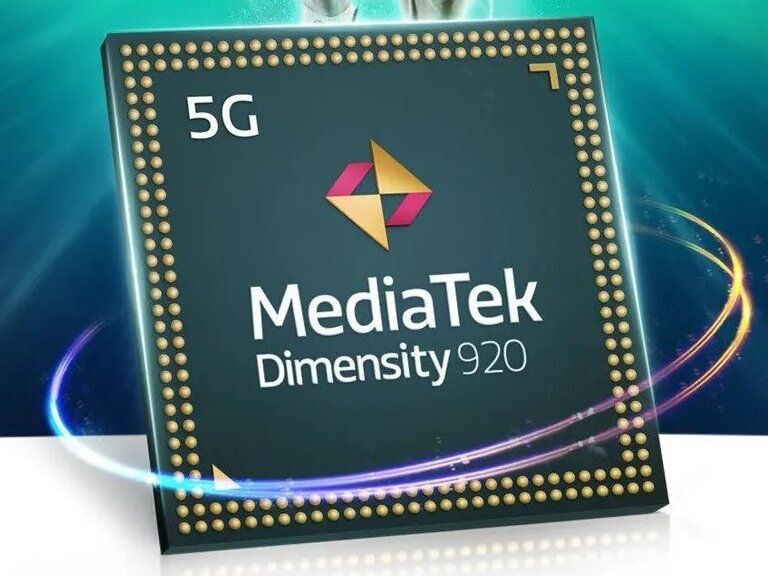
The MediaTek Dimensity 920 is the successor to the Dimensity 900 series. Similar to its predecessor, it is capable of running powerful applications and sophisticated games.
Fabricated using a 6-nanometer process, the Dimensity 920 boasts high efficiency. It features an octa-core processor made up of 2 Cortex A78 cores clocked at 2.5 GHz and 6 Cortex A55 cores running at 2.0 GHz.
This chipset includes several enhancements, many of which are similar to those found in the MediaTek 1080. Notable features include a 200 MP camera ISP, HyperEngine 3.0, up to 12 GB of RAM support, and a Mali G68 MC4 GPU.
According to Nanoreview, the MediaTek Dimensity 920 got a maximum AnTuTu score of 488,811 and single-core and multicore GeekBench 5 scores of 818 and 2308, respectively.
This high-performance chipset is embedded in a number of smartphones, including the Infinix Zero Ultra, realme 9 Pro Plus, and Vivo V23 5G.
2. Snapdragon 778G

Originally introduced as an alternative to the Snapdragon 780G, the Snapdragon 778G is a 6 nm process-based 5G mobile chipset. It employs an octa-core configuration.
The processor includes one Kryo 670 Prime unit based on Cortex A78 (2.4 GHz), three 670 Gold Cortex A78 cores (2.2 GHz), and four Kryo 670 Silver units based on Cortex A55 (1.9 GHz) that serve as power-saving cores.
The inclusion of Cortex A78-based cores, and the same microarchitecture found in the Snapdragon 888 flagship chipset, contributes to the high performance of this chipset.
Other components include the Adreno 642L GPU (490 MHz), which is estimated to provide a 40% performance increase compared to the Adreno 620 GPU. The chipset also features an AI Hexagon 770 processor, a Spectra 570L image processor, and a 5G X53 internal modem.
The wide variety of components and technology provides numerous benefits on the Snapdragon 778G chipset such as support for Full HD+ screen resolution with up to 144Hz refresh rates, camera resolutions of up to 192 MP, and 4K 60 fps video recording with HDR10+ format.
Furthermore, it incorporates Qualcomm's Quick Charge 4+ technology, allowing mobile devices with this chipset to receive up to 100 watts of power.
According to GeekBench 5 data from Nanoreview, the Snapdragon 778G achieved an AnTuTu score of 526,669 in performance tests, with single-core and multicore scores of 772 and 2816, respectively. This chipset powers the vivo T1 5G, Xiaomi 12 Lite, and Samsung Galaxy A73 5G.
3. Apple A12 Bionic
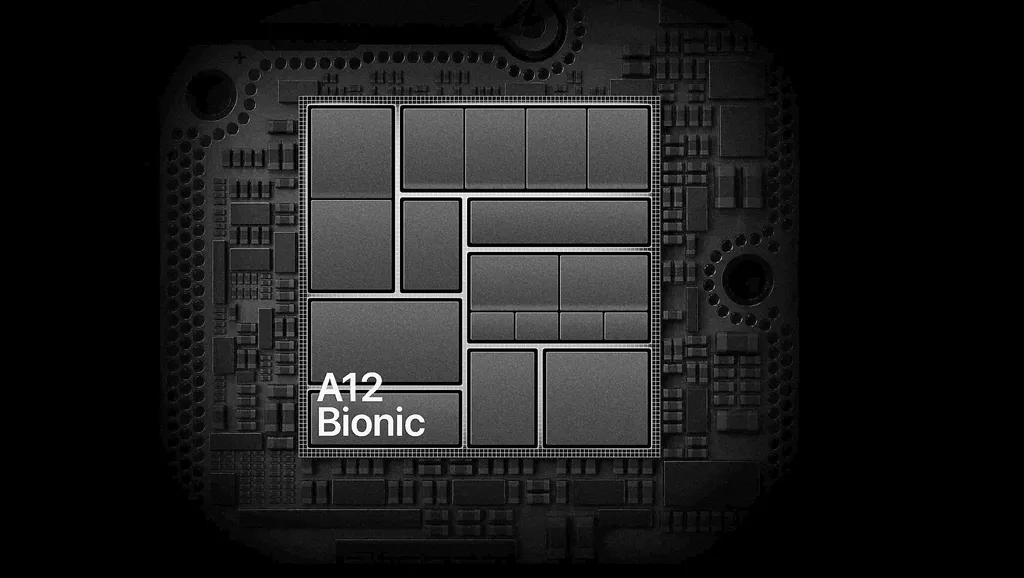
The Apple A12 Bionic chipset is manufactured using an advanced 7 nm fabrication process, which leads to outstanding performance.
This chipset includes two high-performance Vortex processing cores running at 2.49 GHz and four energy-efficient Tempest cores clocked at 1.6 GHz.
The A12 Bionic incorporates the latest graphics processing technology to further boost its capabilities. It features an 1125 MHz Apple quad-core GPU, a Map image processor, an octa-core AI processor, and a 4G modem.
The chipset supports FHD displays and a 12-megapixel primary camera. It is also designed for recording 4K video at 60 frames per second.
According to Nanoreview, the Apple A12 Bionic achieved an AnTuTu v9 score of 528,025 in terms of performance. The GeekBench 5 scores for single-core and multicore performance reached 1110 and 2897, respectively.
For GPU graphics capability, the score hits 5245 on the 3D Mark Wild Life test. This potent chipset is employed in the iPhone XS Max, iPhone XS, and iPhone XR.
4. MediaTek Dimensity 1000
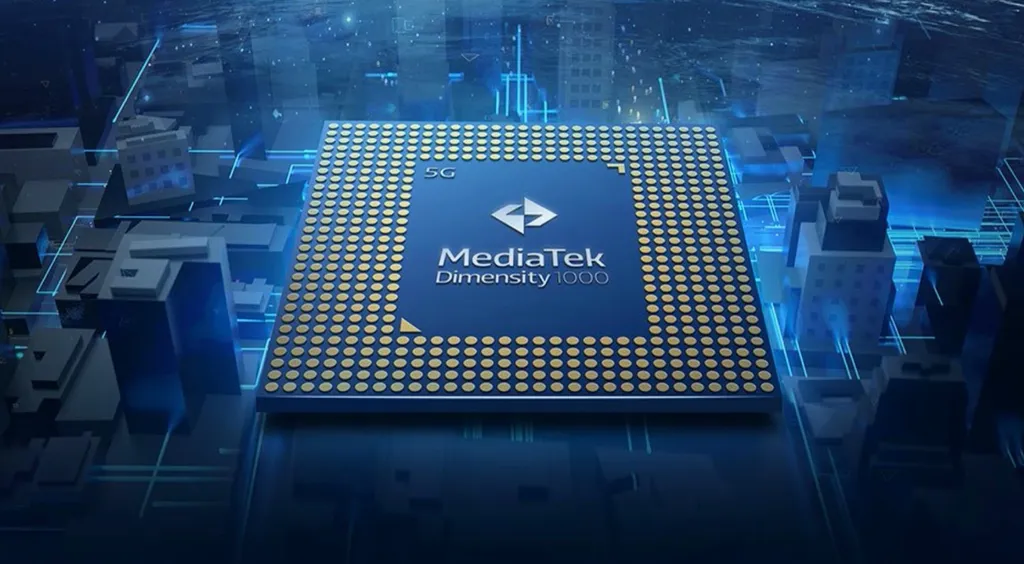
The MediaTek Dimensity 1000 is a mid-to-high-end chipset designed for 5G smartphones. Like other chipsets in the Dimensity series, it is fabricated using 7 nm technology.
This octa-core processor comprises 4 Cortex A77 cores clocked at 2.6 GHz for performance, along with 4 Cortex A55 cores running at 2.0 GHz for power efficiency. For graphics processing, the chipset uses the Mali G77 GPU.
The Dimensity 1000 supports dual 5G SIMs (sub-6 GHz NSA/SA) and includes MediaTek's 5G UltraSave technology, which significantly improves battery life, especially when browsing the 5G network.
This chipset supports up to 80 MP cameras and 4K HDR video recording. Other highlights include support for a 144 Hz display, a MediaTek APU 3.0 for AI tasks, HDR10+, and MediaTek's MiraVision PQ.
According to Nanoreview, the Dimensity 1000 was able to reach an AnTuTu score of 9 to 440,215. Meanwhile, its single-core and multicore scores reached 674 and 2846 (GeekBench 5).
5. Exynos 9825
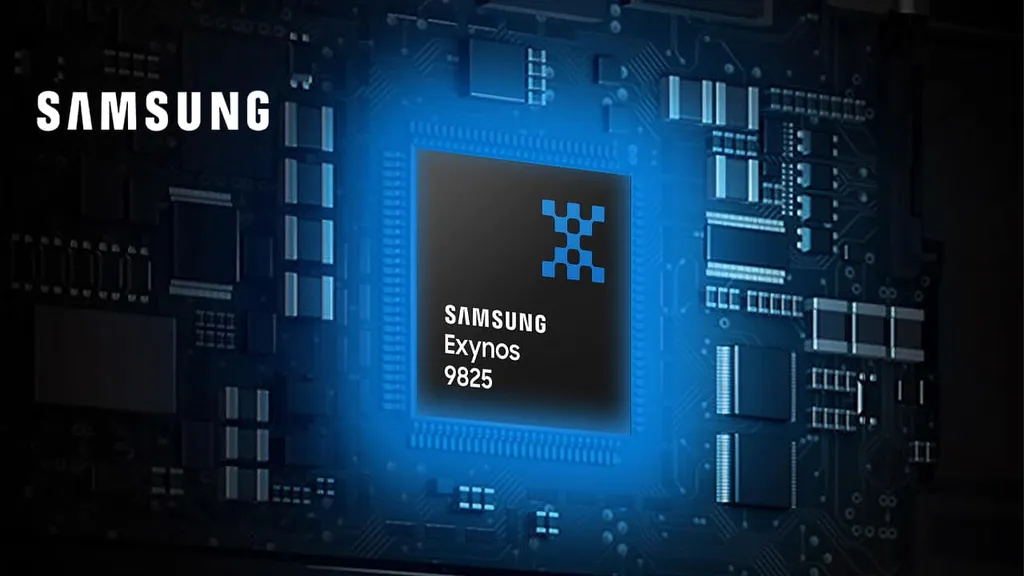
Samsung's Exynos 9825 utilizes 7 nm fabrication technology and supports 5G networks. This processor has two Exynos M4 Cheetah cores running at 2.73 GHz, two Cortex A75 cores running at 2.4 GHz for performance, and four Cortex A55 cores running at 1.95 GHz for power efficiency. It also comes with a Mali-G76 GPU for graphics processing, an NPU, a DSP, and a built-in 4G modem.
The Exynos 9825 supports image processors with resolutions of up to 22 MP and video recording capabilities of up to 8K at 30 fps.
According to Nanoreview, the Exynos 9825 obtained an AnTuTu 9 score of 505,200 and GeekBench 5 scores of 766 (single-core) and 2390 (multicore). This chipset fuels smartphones such as the Samsung Galaxy M62 and Samsung Galaxy Note 10 Plus.
6. Kirin 990 4G dan 990 5G
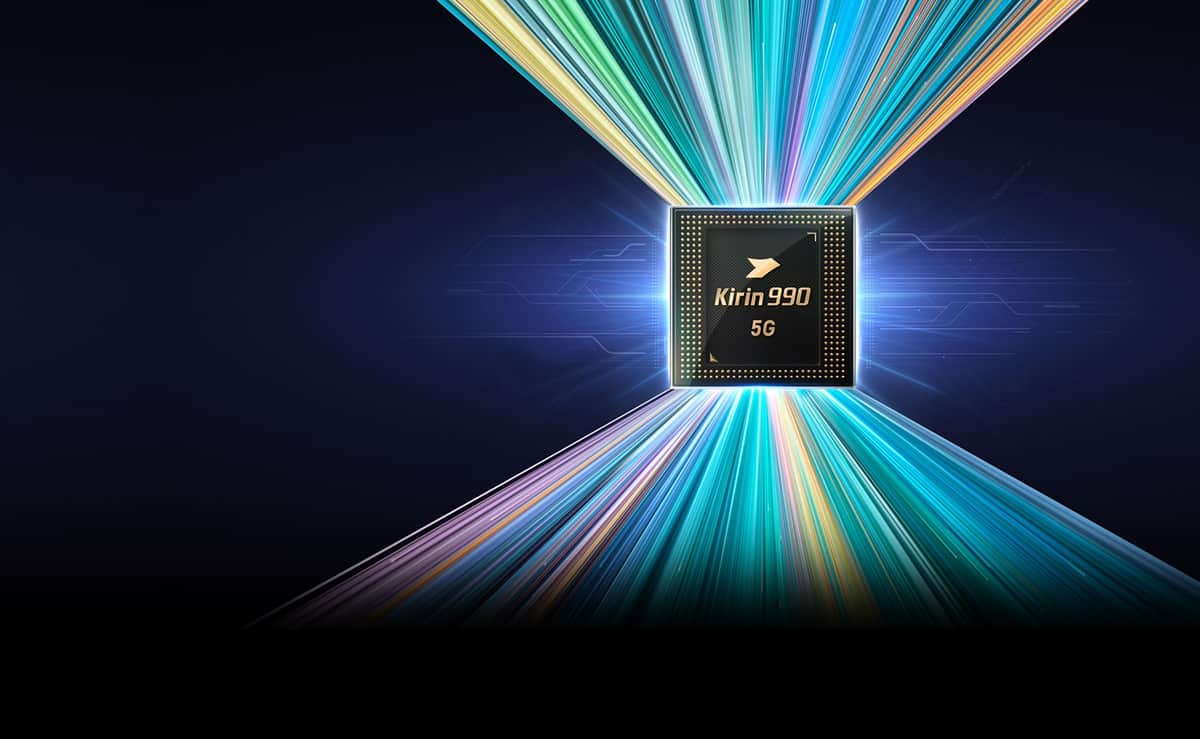
The HiSilicon Kirin 990 comes with an octa-core CPU with two Cortex A76 cores (2.86 GHz), two Cortex A76 cores (2.0 GHz), and four Cortex A55 power-saving cores (1.88 GHz).
The Kirin 990 is built on 7 nm technology and includes a Mali G76 MP16 GPU, an AI NPU processor with Huawei's Da Vinci architecture, Kirin ISP 5.0, and an internal 5G Balong 5000 modem.
The Kirin 990 5G SoC supports display resolutions of up to 2K at 90 Hz. It provides 4K 60 fps video processing and is compatible with LPDDR4X RAM and UFS 2.1 or 3.0 internal memory. The main camera supports up to 50 MP.
The Kirin 990 5G got an AnTuTu 9 score of 555,203 and GeekBench 5 scores of 762 (single-core) and 3072 (multicore) in Nanoreview's benchmarks. The Huawei P40 Pro Plus, Huawei Honor 30 Pro Plus, Huawei P40 Pro, and Huawei Mate XS all employ this chipset.
While the Kirin 990 4G version has less advanced AI capabilities and a lower clock speed, it shares many of the same specifications as the 5G version. It includes the Balong 765 4G modem. The Kirin 990 4G gets an AnTuTu 9 score of 501,103 and GeekBench 5 scores of 744 (single-core) and 3063 (multicore).
This chipset is found in several smartphones, such as the Huawei Mate 30 Pro, Huawei Mate 30, and Huawei Nova 6.
7. Snapdragon 780G
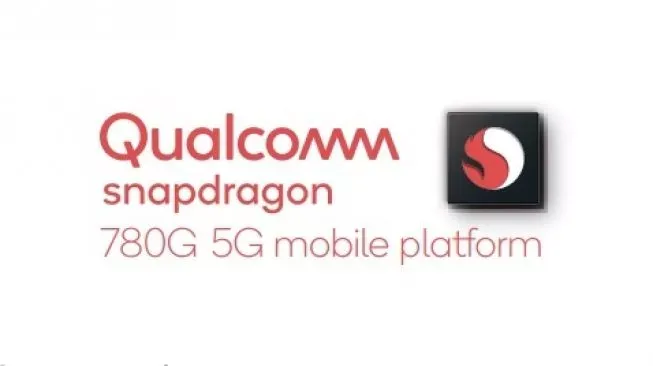
The Snapdragon 780G is one of the first Snapdragon chipsets to be manufactured on a 5 nm fabrication process. Surprisingly, it shares the same architecture as the Snapdragon 888 5G, allowing it to beat the 800 series in terms of performance.
This chipset is divided into three CPU clusters: the first has one Kryo 670 Prime core (2.4 GHz), the second has three intermediate Kryo 670 Gold cores (2.2 GHz), and the third has four power-efficient Kryo 670 Silver cores (1.9 GHz).
The CPU pairs with an Adreno 642 GPU, which is said to be up to 50% faster than the Adreno 620 GPU. A triple Spectra 570 ISP that supports cameras with up to 192 MP resolution, an internal X53 5G modem, and a Hexagon 770 AI processor are also included.
The chipset also supports 4K resolution video recording. The Snapdragon 780G comes with WiFi 6 and can connect to device screens with up to 4K resolution.
The Snapdragon 780G was tested by Nanoreview and scored 526,704 on AnTuTu 9, as well as 800 (single-core) and 2889 (multicore) on GeekBench 5. This chipset can be found in the Xiaomi Mi 11 Lite 5G smartphone.
Lastly, these seven chipsets are good alternatives to the MediaTek Dimensity 1080. However, it's important to remember that a smartphone's quality and performance cannot be determined solely by its chipset.
Depending on the specific use case or consumer need, each of these chipsets offers distinctive features and capabilities that may place them as an ideal candidate to rival the Dimensity 1080.
